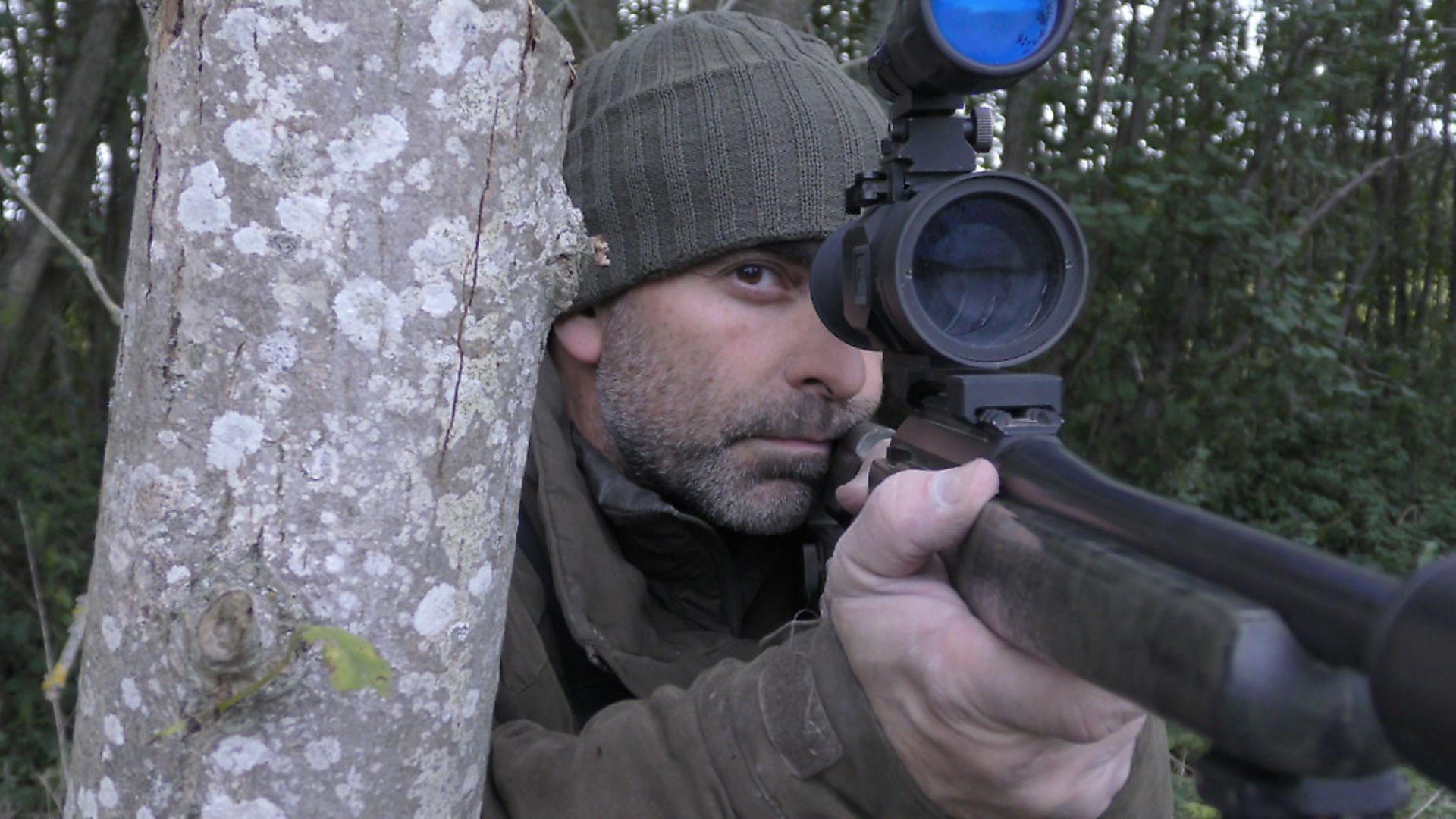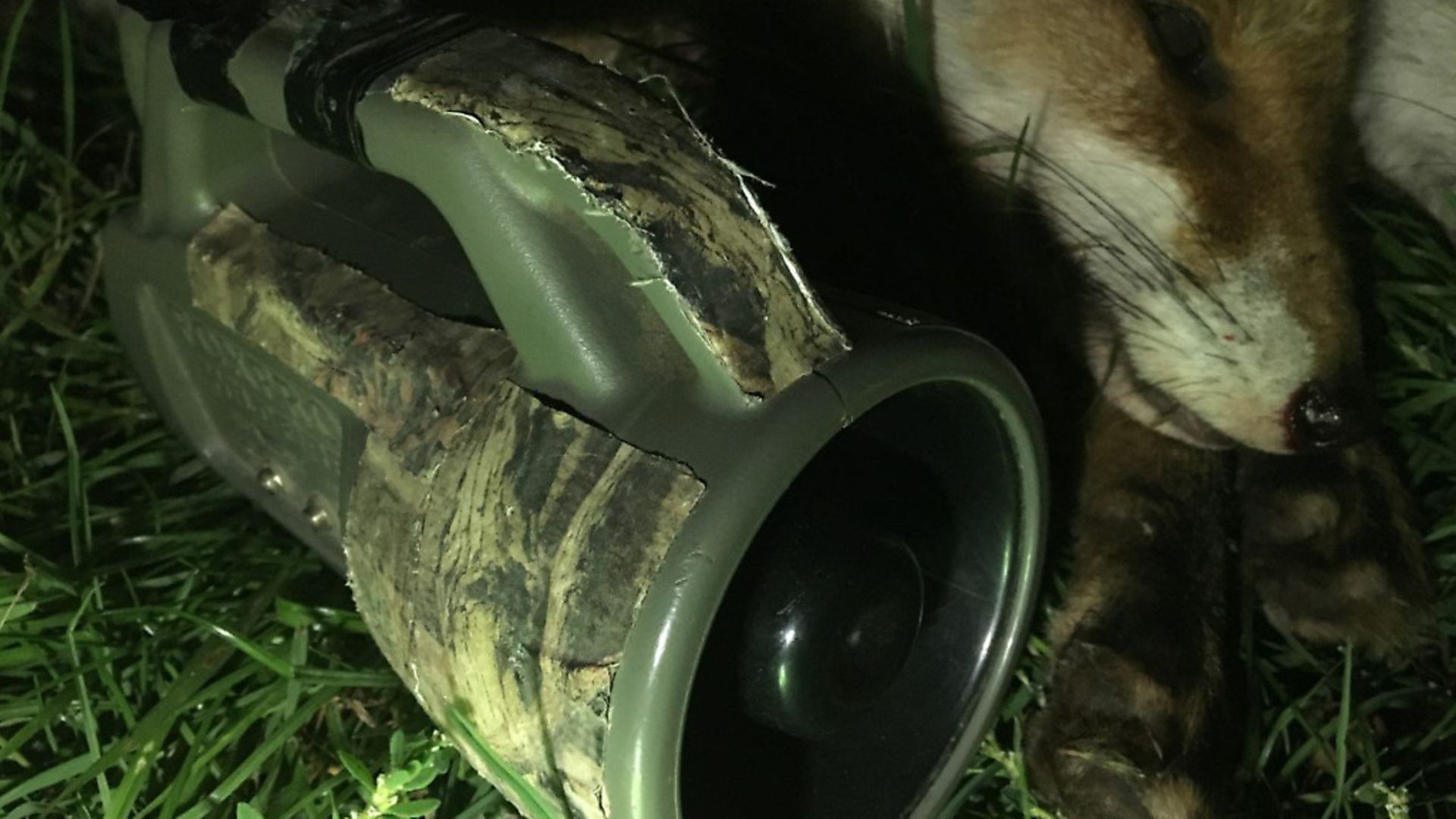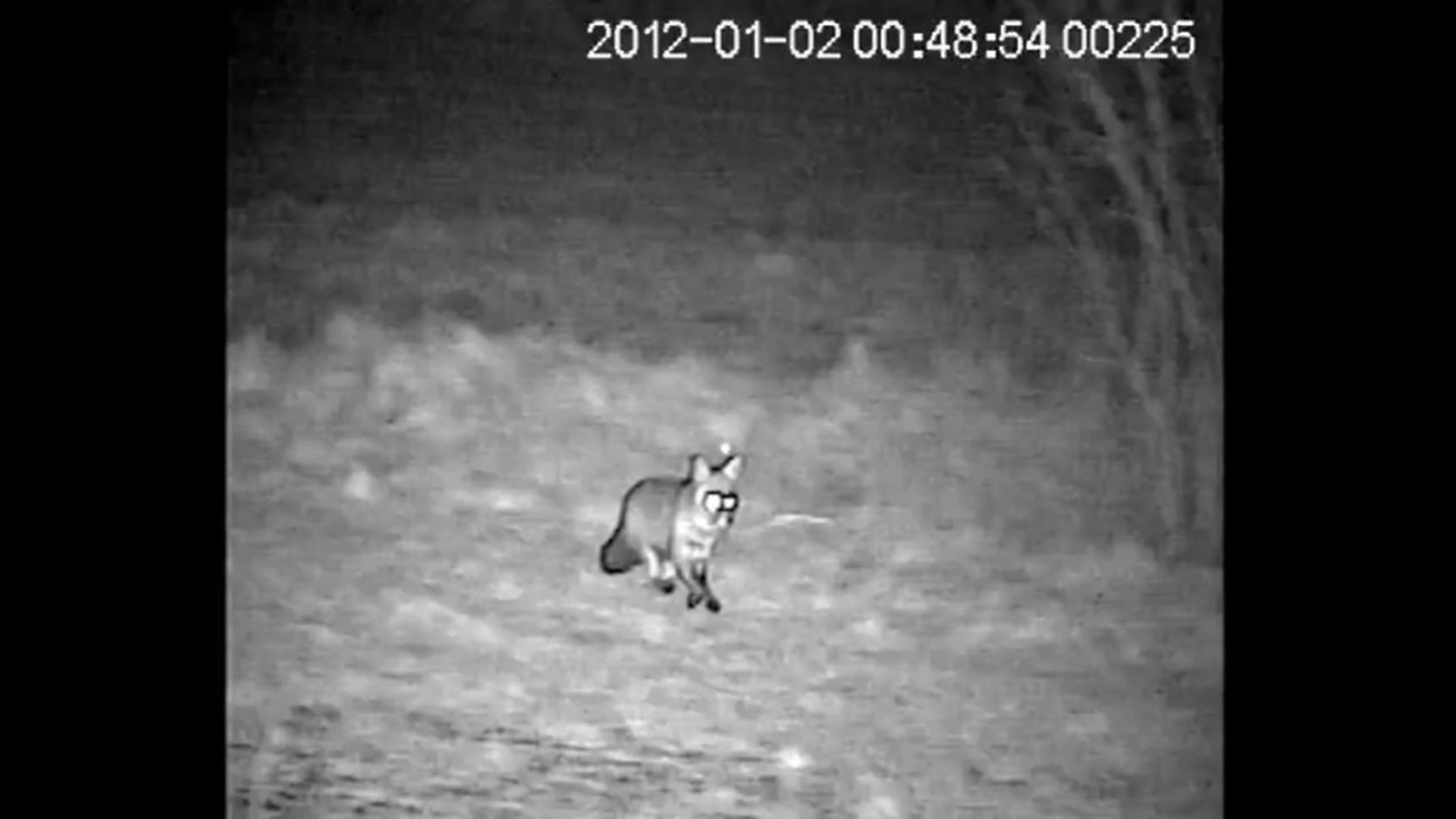All you could ever want to know about calling foxes, from our guru Mark Ripley; how to call a fox, when to call & when to shoot!
 credit: Archant
credit: Archant
What time of year is best for calling foxes?
Calling in foxes will be more effective at some times of the year than others. In the winter months, when there’s snow on the ground, food is scarce and the foxes are hungry, meaning that they will readily come to a call. In the spring and summer, cubs will also often respond well to calls. However, during the mating season, foxes tend to show less interest in prey, meaning that any distress calls are often ignored!
 credit: Archant
credit: Archant
Calling foxes using your hands & mouth
There are many different types of calls available to you – including the most simple one made by sucking the skin on your hand to produce a squeak resembling the wail of a rabbit caught by a predator.
My shooting mate, Gary, is a master at calling foxes just by squeaking on the palm of his hand. I was stood ready to take a shot one night when Gary called in four foxes – all at the same time! This type of calling takes a lot of practice to produce the right sound, and everyone that uses it has a slightly different way of doing it or a slightly different sound which works for them.
I use the lip squeak a lot, especially to draw a fox in really close. Once you have a fox coming in, I find it’s best to only call each time it stops to keep enticing it in and to make your call just loud enough for it to hear.
Foxes have incredible hearing, so a call need not be loud to bring one in. You can always try a squeak, and if the fox does not respond, simply try a little louder. If the fox looks wary and backs away, the chances are that any further calls will see it quickly departing!
 credit: Archant
credit: Archant
Which mouth calls are the best for calling in foxes?
There are also many manufactured mouth calls which work very well. Two of my favourites are the Wam calls (the brass discs with a hole through the centre) and the BestFoxCall Original (the one resembling two black lollipop stick-type bits of plastic with a reed between them). The first of these is better for calling foxes that are within 200-300 yards, whereas the other will pull them in from a little further out. I’ve had great success with both of these over the years, more so than any other purchased mouth callers.
 credit: Archant
credit: Archant
Which are the best electronic fox callers
There is also a vast range of electronic callers on the market, my favourite being the FoxPro range of callers. I use the wildfire model, which is actually one of the most basic of the range and also one of the smallest. This to me is an advantage, as the idea of lugging a huge boom box the weight of a small child across a muddy field has little appeal!
The Wildfire comes preloaded with a good selection of calls and has the ability to store up to 200 downloadable calls from the FoxPro website. A big advantage of this type of caller is that, not only do they replicate the sounds of birds and animals perfectly, but they are also operate via remote control. The benefit of this is that you are able to draw a fox in to a pre-designated and safe area for a shot and not towards you, as in the case of any other type of calling. This also is advantageous in that a fox’s attention is focused on (or in the area of) the caller and not on you. This means that, as the fox comes in to the caller, you are able to position yourself for a shot without being seen easily.
I will always mute the caller as the fox comes in; the last thing you want is a fox rushing right up to the caller and finding it. Generally, if this happens, a fox will be off at speed – although, I have had the odd fox that has stood staring at the caller, looking confused. I’ve even heard of a fox rushing in and snatching up a caller, only to quickly drop it when it realised it wasn’t what he had expected to find!
 credit: Archant
credit: Archant
You’ve called the fox in... now what?
The other evening, I went out just after dark in pursuit of a fox and, through the thermal spotter, spotted one hunting rabbits on the edge of a field a few hundred yards away. While I was rummaging in my jacket pockets, (full of empty cases, loose change and airgun pellets) for a caller, the fox wandered off through a line of trees and into the next field, before disappearing out of sight at around 400 yards.
Finding my fox caller, I quickly began squeaking away and instantly got a reaction. I could see the fox coming across the field through the trees, and watched through the thermal as the fox searched for an easy route through the trees and across the small stream on the edge of the field. Eventually, with some continued calling, it appeared on my side of the trees and headed across the field towards me. At about 70 yards, it was starting to slow up and show signs of caution.
With a safe backstop behind, I gave a quick shout of, “oi!” which, in fox language, means: “Excuse me, old chap. Could you stand there a moment?” The shout brought the fox to an instant stop as it looked and listened for confirmation of the strange sudden sound as a sign of danger.
Doing this gives you a window of opportunity for a shot at a stationary target – but only for about three to five seconds before they start to move again. I use this technique to stop foxes all the time, and it works every time you want to stop a fox in its tracks.
A close shave with the electronic caller
Following that early result, I went back out later the same evening to record a video for YouTube. By the time I got back out, a fine light rain had set in, with the occasional heavier shower, so, I didn’t have the best conditions for foxing – and certainly not for using thermal equipment.
For this outing, I was also using the Pulsar Krypton thermal add-on attached to my .260 rifle. So rather than search the fields with limited visibility, I decided against venturing too far from the truck and see if I could call a fox in. Conveniently, the farmer had stacked up a load of bales at the edge of the field which would give me both a good field of view, keep me fairly well hidden, as well as give me a safer elevated shot down toward the ground.
With the caller out in the field, 50m in front of me, blaring out a screaming rabbit call, a fox raced in from the left of me within a couple of minutes. Obscured by the bales, it rushed in to the caller. Although I had already muted it, the fox had already pinpointed its location and raced up to the caller. Fortunately for me, this little chap was a curious fellow and stood staring at the caller.
And at a little over 50m away, and using the mighty .260 Rem, a thermal explosion was released as the bullet distributed an assortment of the fox’s working parts across the immediate area. Despite a rather graphic demise, it was a very humane shot, with the fox never knowing what hit him.
Using a combination of hand calls & electronic caller
With some continued calling from the FoxPro, the screaming rabbit track pulled in a second fox about half an hour later, this time through the hedgerow to the left of me, a good 150 yards out. I muted the caller as it crossed the field in front of me. This one was a little more cautious, circling around further out in the field, despite one or two further quick blasts from the FoxPro.
Changing tack, I gave a couple of soft lip squeaks, which got the fox trotting in a little closer but still moving right. With a couple of flocks of sheep at the other end of the field, I needed to take the shot now while it was safely between the two flocks. Again, I opted for the classic “oi!” to stop it. And at 130 yards front on, I put a bullet in to the centre of its white bib, again killing it instantly. These two turned out to be a dog and a vixen, with the dog possibly more interested in the scent of the vixen than the caller at this time of year (mid December).
Calling can be both extremely effective and extremely changeable. It’s not an exact science, and foxes can react in different ways to a call: sometimes rushing in hungry, sometimes walking right past the caller unfazed, and other times, coming in on a full belly, presumably through nothing more than curiosity.
If there’s one thing that’s predictable about all foxes, it’s that they have the potential to be unpredictable!